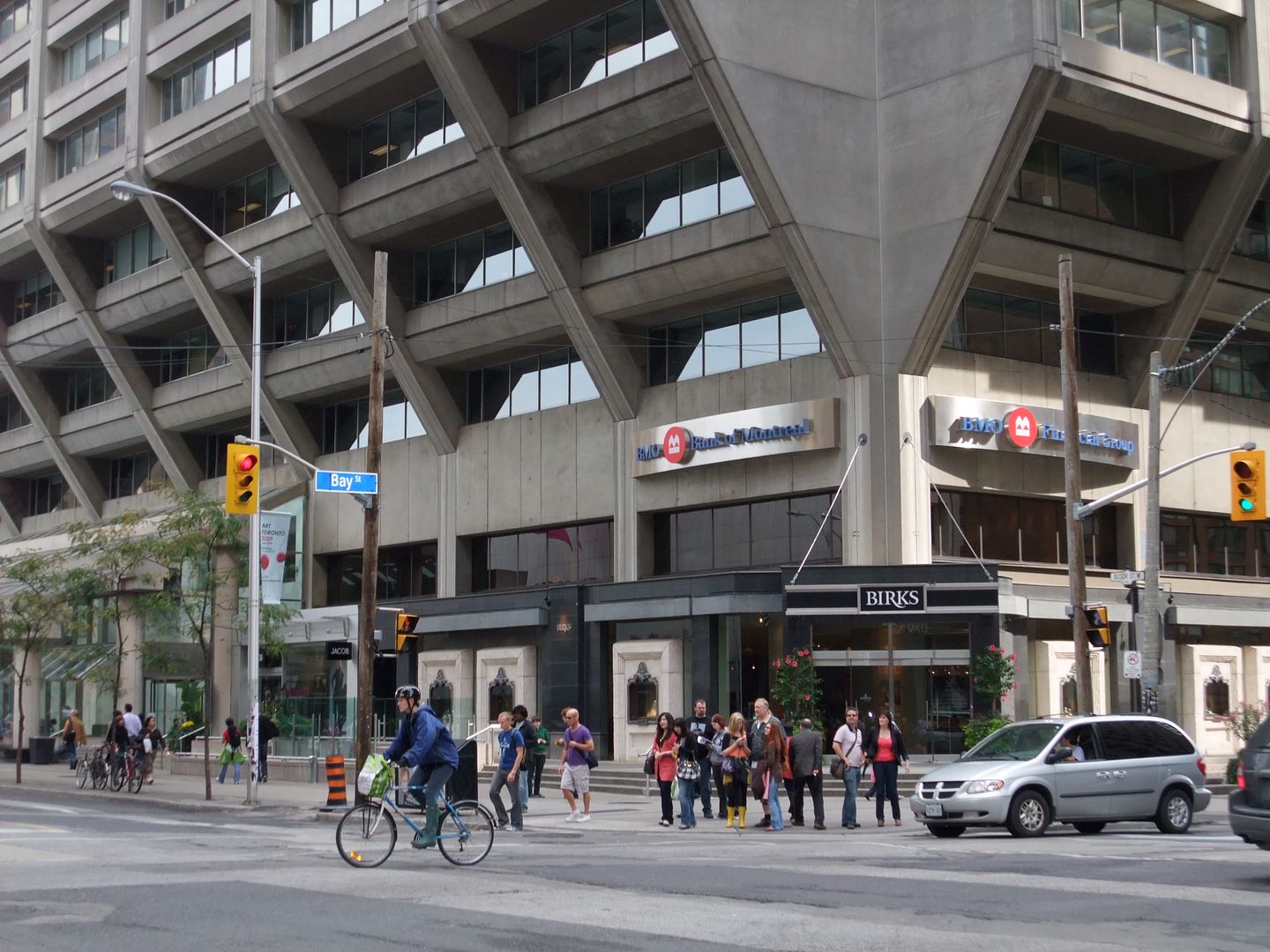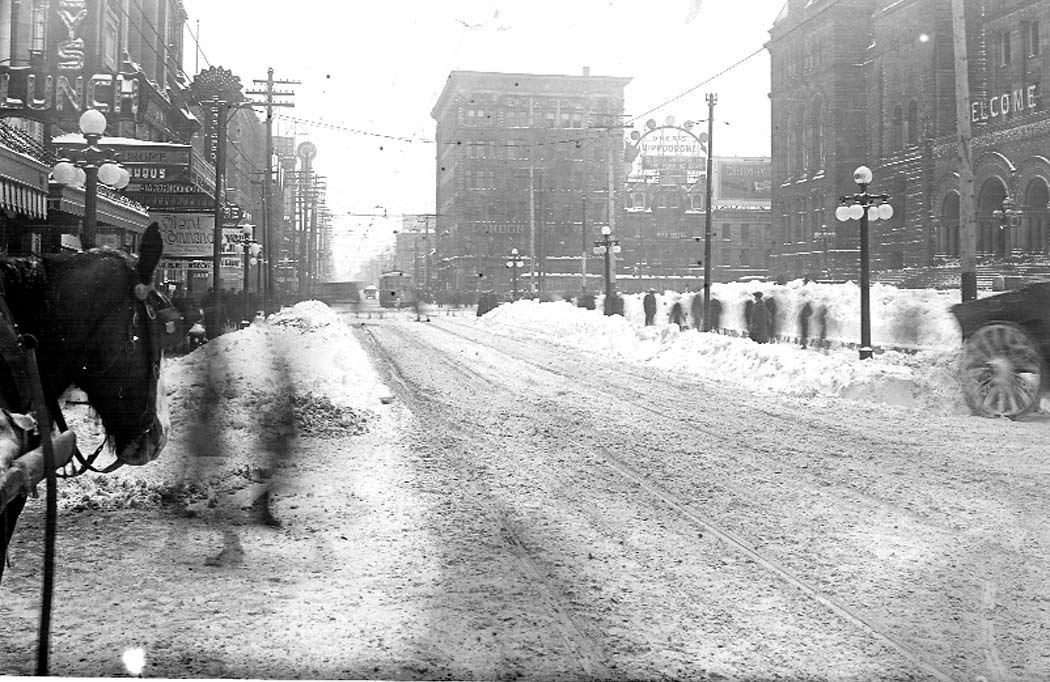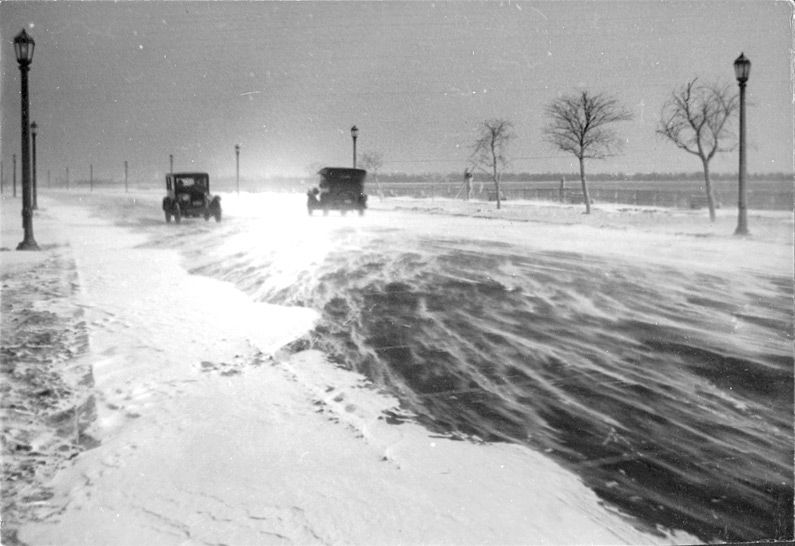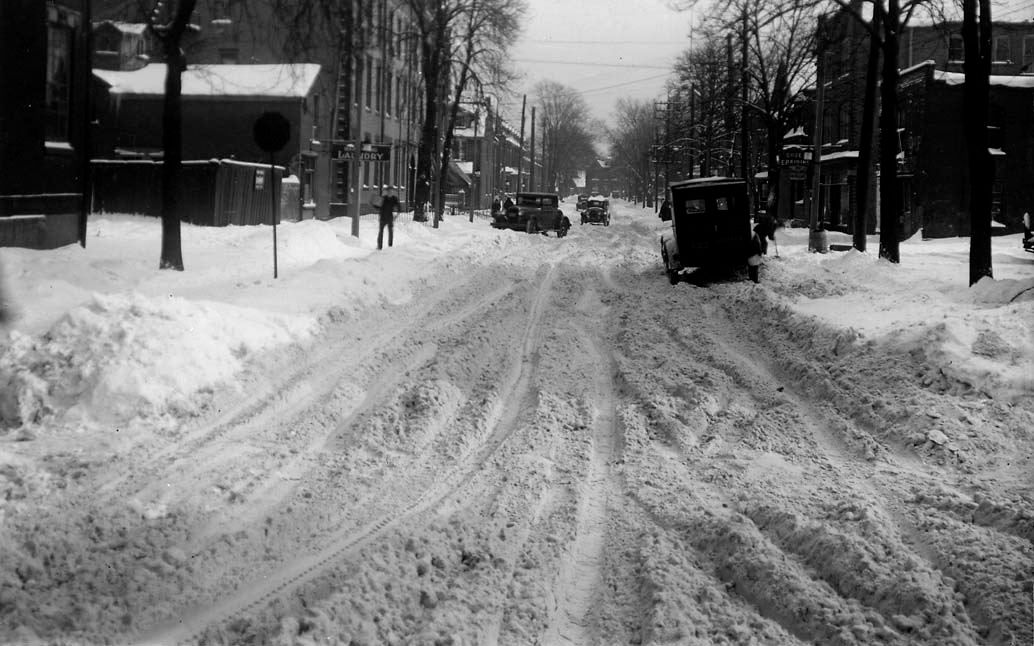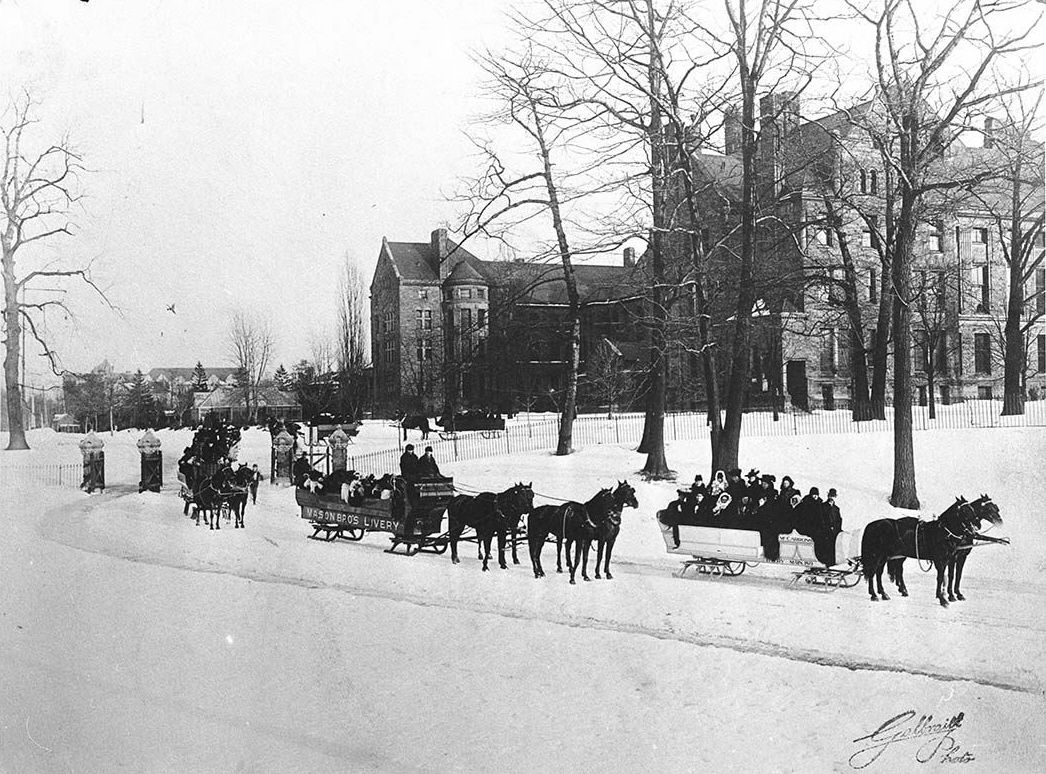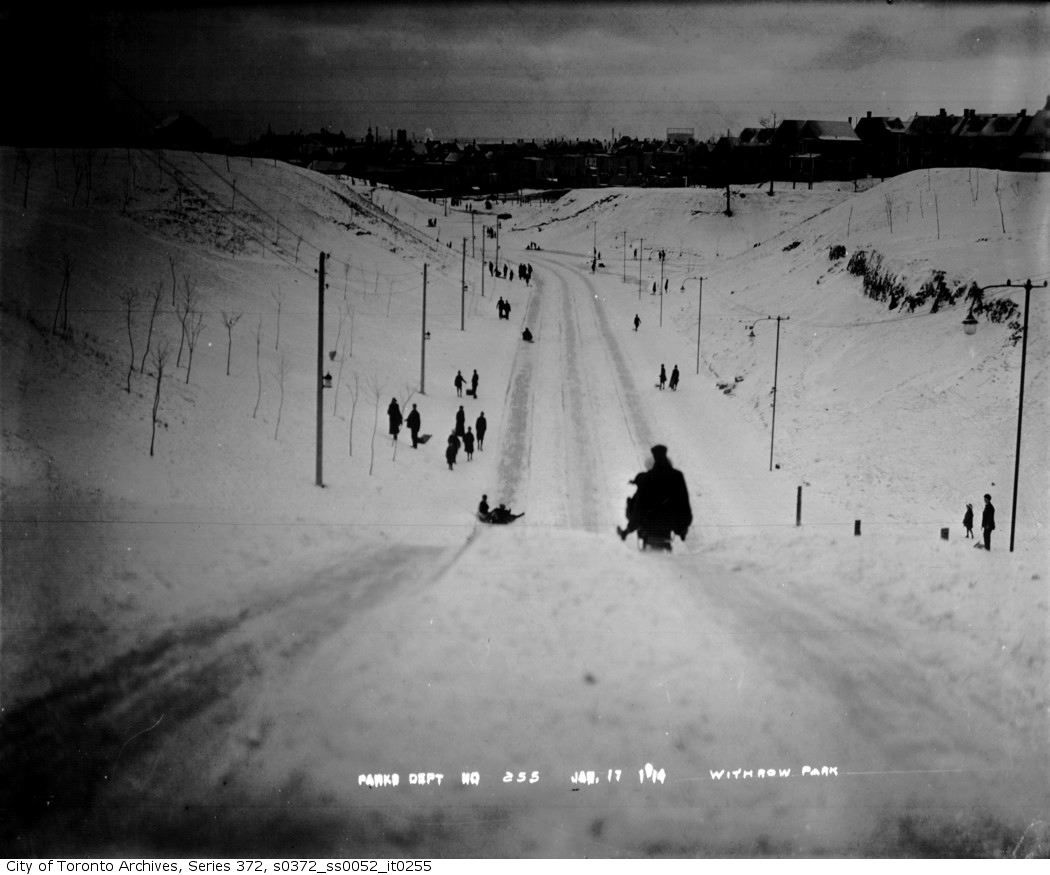Mustapha
Senior Member
Aaron;326517 ... You have some special powers. What am I thinking right now? [/QUOTE said:Aaron, as long as they are not romantic feelings, I am ok with whatever you think.
October 17 addition.
Then: Bloor and Bay SE corner. C1965 or 66, judging from that Chevy Impala in the picture. That rear light design only lasted for one year. Where's LIMike?
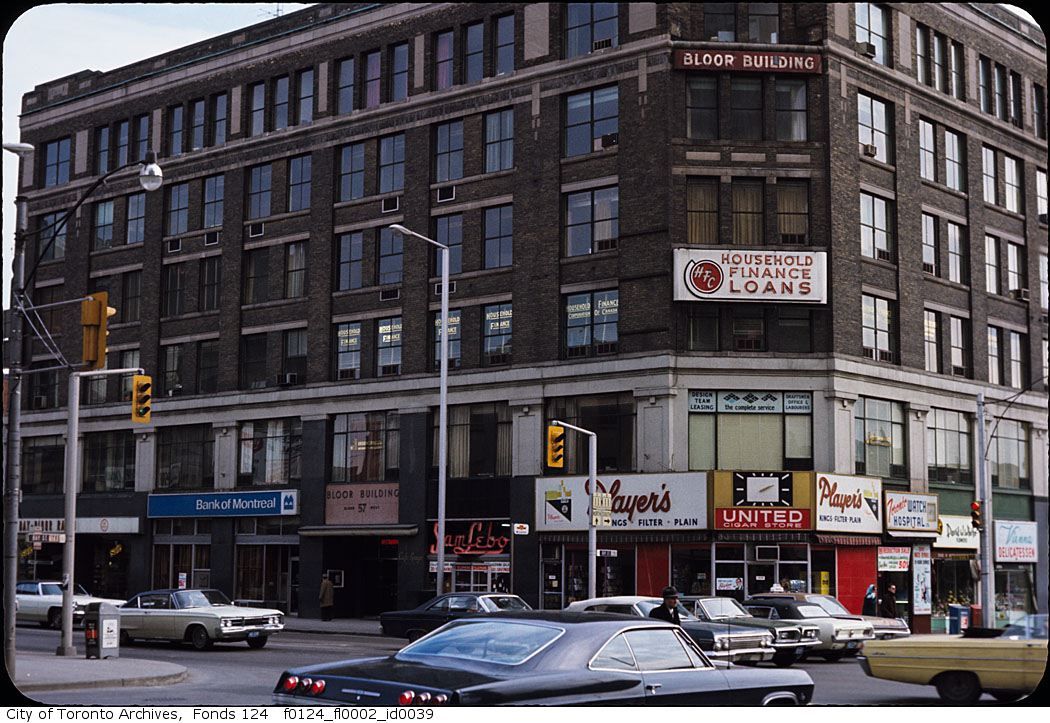
Now: October 2009.
